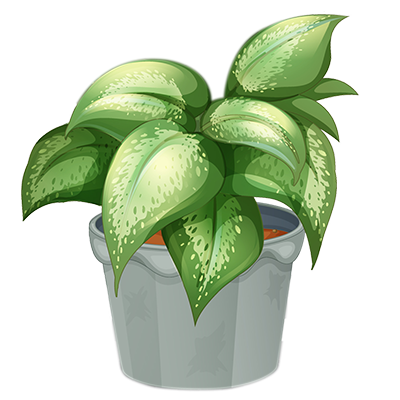Root Rot
This is a fungal disease that occurs when the soil is too moist, and the roots begin to rot. Symptoms include yellowing leaves, wilting, and stunted growth. To prevent root rot, it's important to avoid overwatering and ensure that the soil has good drainage.
Leaf Browning or Tip Burn
This can occur when the plant is exposed to direct sunlight or dry air. Symptoms include brown, crispy edges on the leaves. To prevent this problem, it's important to avoid exposing the plant to direct sunlight and ensure that the plant has enough humidity.
Pests
Common pests that can affect Peace Lily include spider mites, mealybugs, and scale insects. Symptoms include yellowing leaves, sticky residue on the leaves, and distorted growth. To prevent pests, it's important to inspect the plant regularly and treat any infestations promptly.
Wilting
Wilting can occur when the plant is underwatered or exposed to extreme temperatures. Symptoms include drooping leaves and a general lack of vitality. To prevent wilting, it's important to ensure that the plant is watered regularly and not exposed to extreme temperatures.
Failure to Bloom
Peace Lily may fail to bloom if it is not receiving enough light or if it is overcrowded. To encourage blooming, it's important to ensure that the plant is receiving adequate indirect light and has enough space to grow.





